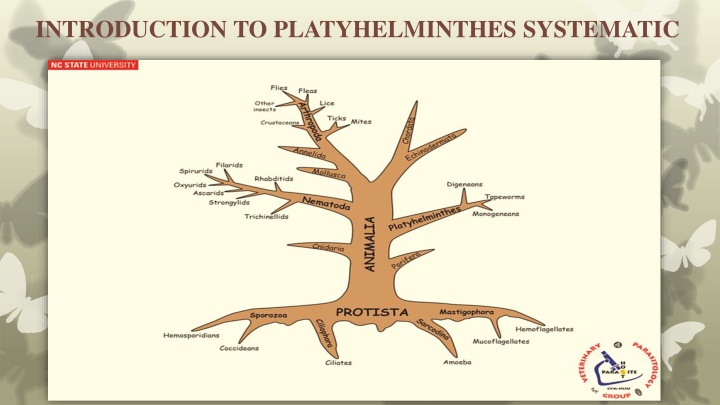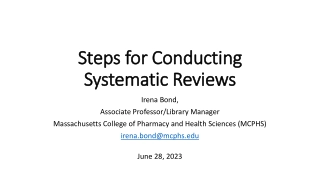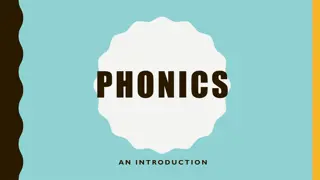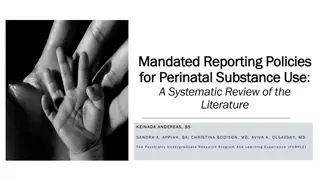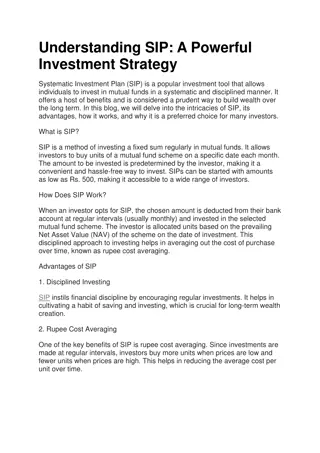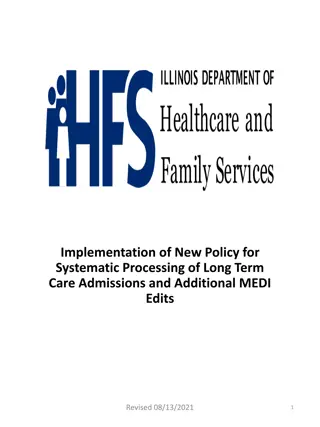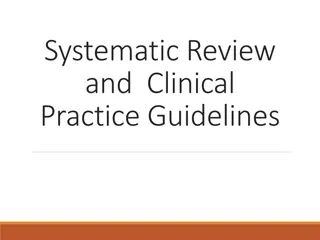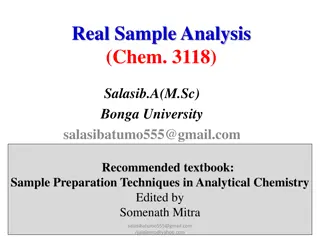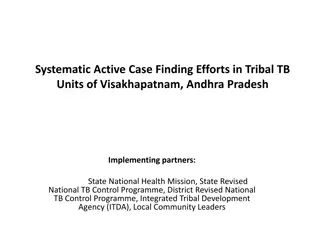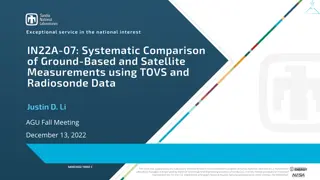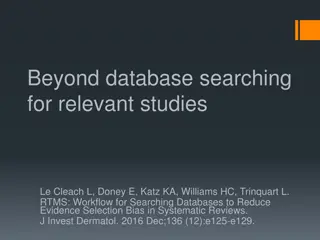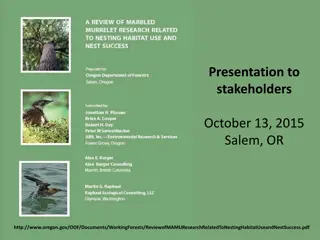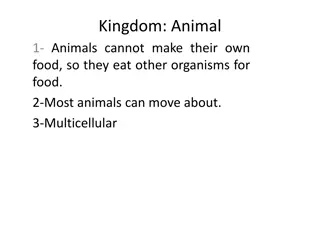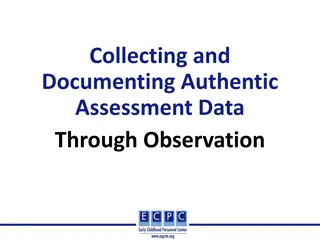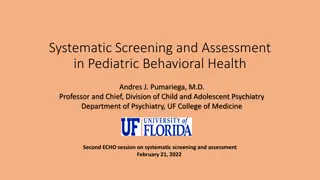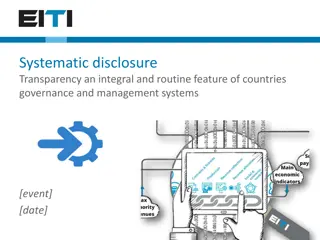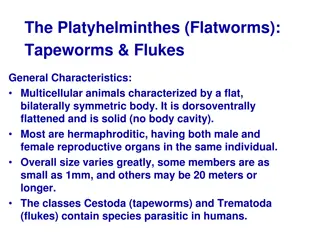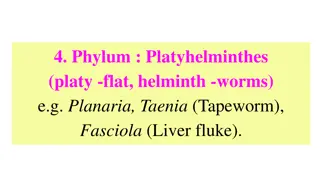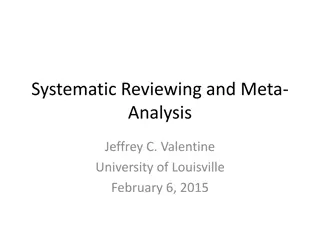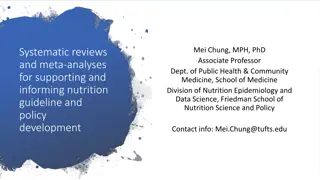INTRODUCTION TO PLATYHELMINTHES SYSTEMATIC
The content discusses OBS services and developments at the EPOS-ORFEUS Annual Workshop and Open EPOS Seismology meeting in Lisbon. It highlights the unique aspects of OBS data, challenges in distributing OBS data, and methods to make OBS data more compatible with standard seismological data. The post explains the differences with OBS recording, including non-standard loggers, clocks synchronization, sensor orientation, pressure sensors, and more. It also addresses challenges in creating and distributing OBS data, emphasizing the importance of metadata, clock corrections, noise removal, and educating seismologists. The article provides valuable insights into optimizing OBS data for seismic studies.
Download Presentation

Please find below an Image/Link to download the presentation.
The content on the website is provided AS IS for your information and personal use only. It may not be sold, licensed, or shared on other websites without obtaining consent from the author.If you encounter any issues during the download, it is possible that the publisher has removed the file from their server.
You are allowed to download the files provided on this website for personal or commercial use, subject to the condition that they are used lawfully. All files are the property of their respective owners.
The content on the website is provided AS IS for your information and personal use only. It may not be sold, licensed, or shared on other websites without obtaining consent from the author.
E N D
Presentation Transcript
General characteristics of the Platyhelminthes: Platyhelminthes is one of the most important phylum with numerous species were identified worldwide and their general characteristics are briefly as the following: 1. bilaterally symmetrical; dorso-ventrally flattened. 2. A celomate. 3. cannot synthesize fatty acids. 4. tegument (living external layer). 5. digestive tract incomplete or absent. 6. excretory system protonephridia.
The phylum Platyhelminthes consists of four classes: 1. CLASS: Turbellaria Free-living flatworms and some of their species associated with echinoderms, molluscs, fish, cnidarians, as symbionts. A large number are commensals even though few inhabit the invertebrates. Example of the free-living parasite is Planaria that naturally lives in aquatic environments, while the giant terrestrial land planaria in the genus Bipalium. The commensal/parasitic forms include Syndesmis spp. resides in the intestines of sea urchins, Bdelloura spp. on the gills of horseshoe crabs, and Stylochusfrontalis in the valves of oysters.
2. CLASS: Monogenoidea (Monogenea) All parasitic, with the majority of species choosing to live on fish gills or skin; however, some internal species have been found to inhabit the urinary bladder, nasal passages, and cloaca. Biologically, this class appears to be more closely, related to cestodes than trematodes, with two main "traditional" subclasses: Subclass: Monopisthocotylea Subclass: Polyopisthocotylea
CLASS: Trematoda Live in the digestive tract, provided with suckers, and have two hosts for their life cycles, and divided into three subclasses: 1.Subclass: Digenea (typical flukes) 2.Subclass: Aspidogastrea 3.Subclass: Didymozoidea CLASS: Cestoidea Note: All parasitic; tapeworms, most have 2-more host life cycles, no digestive tract, with segmented body
Class: Monogenea Introduction: Monogenea occur at low levels on fish and has no serious harm. Infested fish farms with monogenea causes significant mortality. General characteristics of Monogenea: 1. hermaphrodites 2. normally ectoparasites on aquatic vertebrates 3. generally, site specific on host and host specific 4. live a few days - years, depending on species 5. morphologically: anterior end bear adhesive or feeding organs. Eyespots sometime present, photoreceptors near two anterior ganglia. The tegument is the external layer.
Alimentary tract consists of: 1. mouth anterior, usually with Prohaptor. 2. esophagus with muscular pharynx 3. intestine branches into cecae, often with diverticula 4. Monopisthocotylea feed mainly on epidermis and mucus; Polyopisthocotylea mainly on blood, host cells, and mucus 5. blind-ended gut, regurgitate waste Protonephridia [excretion] consists of: 1. have two main lateral ducts, extend posteriorly; then curve and extend anteriorly. 2. contractile bladders laterally. 3. flame cells drive fluid within ducts.
Reproductive systems consist of: Male: 1-200 testes (1-2 most common), testes - vas efferent - vas deferens - seminal vesicle - cirrus - gonopore; sometimes prostate Female: one ovary, normally anterior to testes, oviduct from ovary ootype, Mehlis gland lubricates uterus, forms egg shell capsule, genito- intestinal canal, only in Polyopisthocotylea; connects oviduct with right intestinal caecum for excess secretions discharge, 0-2 vaginas - sperm transfer; if none, use gonopore, sometimes a seminal receptacle, vitellarial secretions add to egg-shell formation; ducts fuse near oviduct, eggs pass through uterus, out gonopore; sometime a muscular metraterm
Development eggs shed, normally with filaments, and filaments stick to host oncomiracidium ciliated, hooked posteriorly, about a 24 hours life, if eyespots, phototactic, some attracted to fish mucus, grow to adult directly Opisthaptor which may be: suckers (=suckerlets) anchors (large hooks, sometimes called hamuli or central hooks) hooklets (left over larval hooks, sometimes called marginal hooks) bars (often called accessory sclerites; they support anchors) clamps (complex, muscular structures more advanced than suckers)
